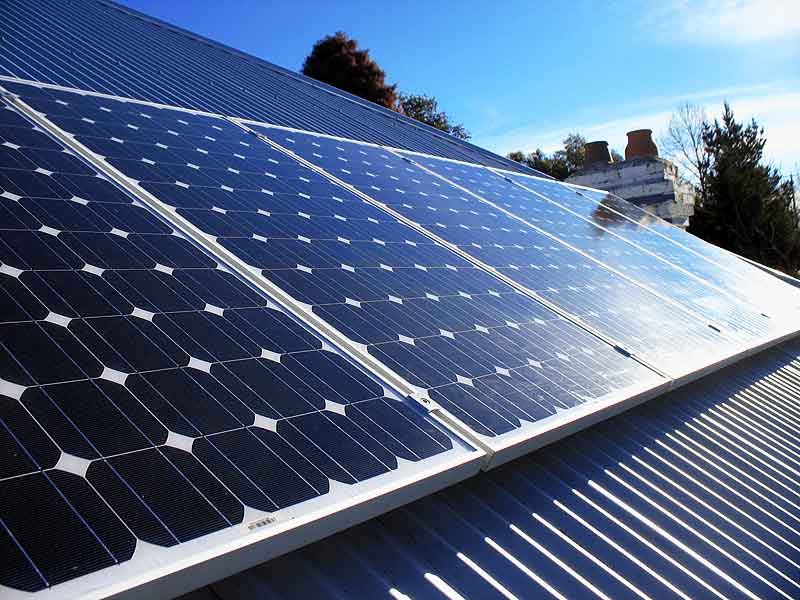Only once all energy stakeholders work together, Australia will be in the position to better exploit the greatest of its natural resources – the sun. Therefore, solar energy needs to be accepted as part of Australia’s resources sector.
Resources such as coal and gas are finite and come with environmental burdens. In contrast, solar power is limitless and without carbon dioxide emissions.
It is in the general interest of Australia as a nation, therefore, to promote “mining” of our solar resource. Australian governments and businesses need to work together to develop a sustainable solar industry, which can support tens of thousands of jobs, and drive innovation in smart grid and decentralised generation.
Queensland – the Sunshine State – has the perfect climate for solar, and should be at the forefront of the Australian solar industry’s development. The abrupt and drastic cut of the Queensland Government’s Solar Bonus Scheme jeopardises the state’s opportunity to lead the way for the rest of Australia. A drop in the state feed-in-tariff was to be expected, but the steep cut from 44 c/kWh to 8 c/kWh is unwarranted. A fair and simple 1-for-1 net feed-in-tariff would have been the ideal way forward to ensure the smooth growth of the solar industry in Queensland. A 1-for-1 feed-in tariff would have also encouraged the installation of reliable, long-lasting quality solar systems, because only quality systems provide the benefit of hedging against future electricity price rises.
While Australia’s solar industry has been – and still is – supported by limited federal and state government schemes, the drastic, short-term changes in NSW, WA, SA – and most recently – Queensland, render the sustainable development of the industry more challenging. The sudden drop could lead to harmful flow-on effects, such as job losses in Queensland and the adoption of similar responses by other state governments, such as in Victoria where the feed-in tariff is under review.
Ongoing inconsistencies between federal and state policies – as well as hasty policy changes – make planning for the medium and long term difficult for the entire solar industry, including installers, manufacturers, wholesalers and homeowners.
Credit needs to be given to the Queensland government that participants of the Solar Bonus Scheme who sign up to the 44 c/kWh feed-in tariff prior to midnight on July 9 will still have around one year to ensure their PV system is installed. Although the July 9 deadline creates a rush, Queenslanders must take care to select a PV system that is high in quality, proven in Australian conditions, and suits their needs.
Dr Oliver Hartley is the Managing Director of Q-CELLS Australia. He carried out his PhD research at the University of New South Wales in the field of silicon thin film solar cells







